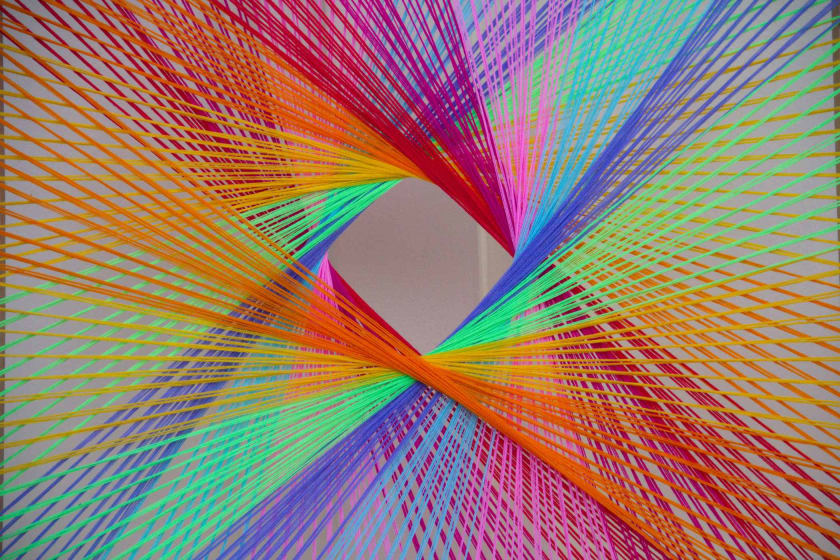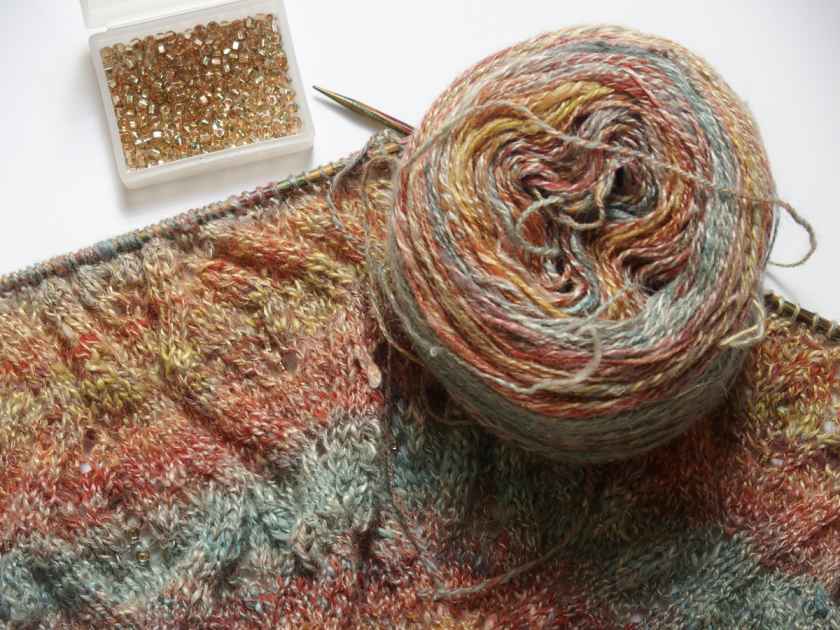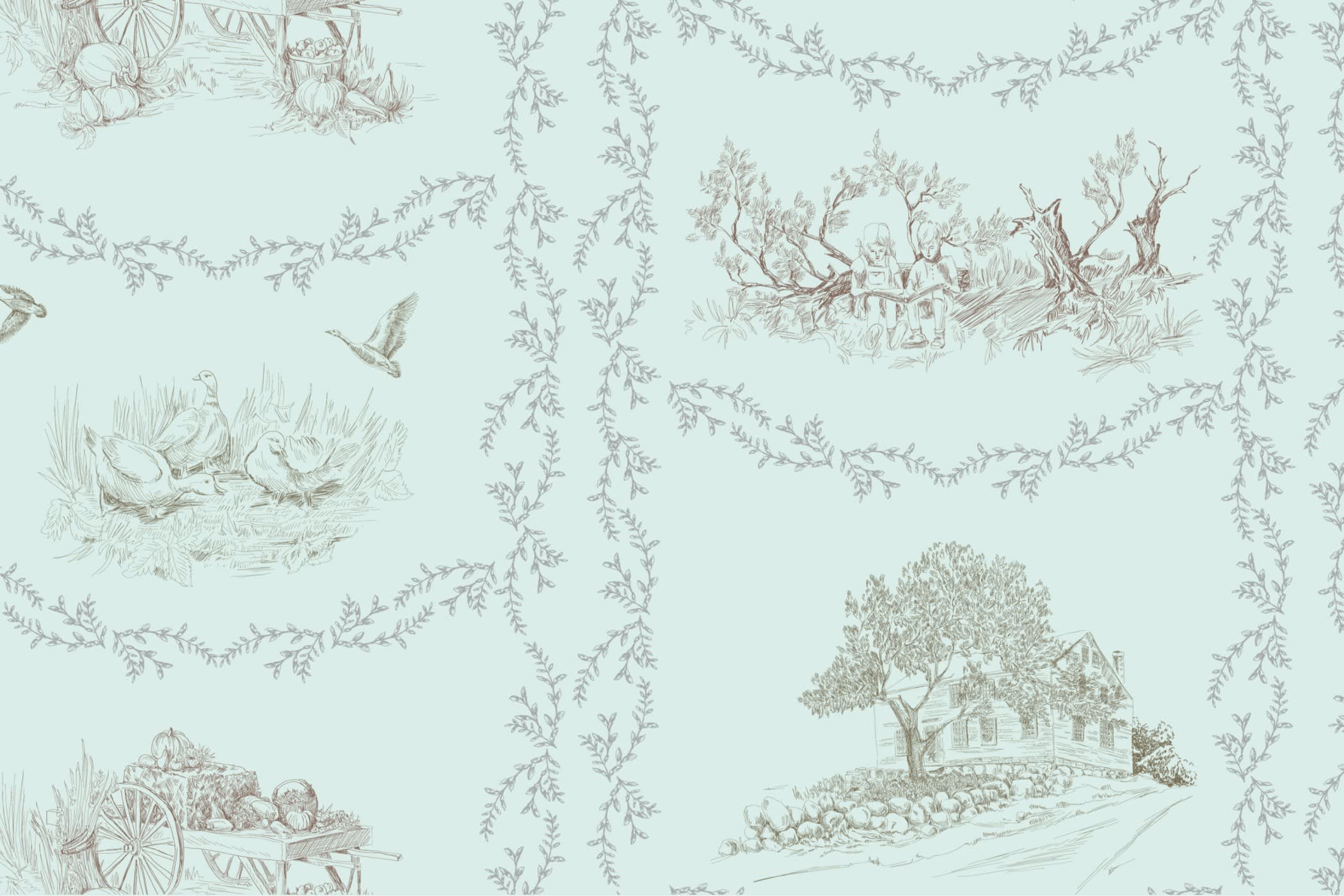Filament Silk vs Spun Silk: Differences and Embroidery Applications



Silk embroidery threads are perfect for embroidery and craft projects. The luxurious threads of silk are soft and reflect light. Some silk embroidery threads are easy to work with, some others difficult. It is important to choose the right silk thread for the desired embroidery finish.
There are two types: filament silk thread and spun silk thread. Here we explain the differences between the two types of threads and how you can use them in different embroidery projects.
What is Filament Silk Embroidery Thread?
Filament silk thread is made of fine strands, reeled right off the cocoon. Hence, it is also called reeled silk. It is glossy and can be easily differentiated from the spun silk thread as it is much stronger and difficult to pull apart. It is also more expensive than most threads. Pure filament silk thread has a high shine.
The filament silk thread is of two types, twisted and flat. The twisted filament silk embroidery thread comes in a variety of twists and weights. Hence, you can use the twisted filament silk embroidery thread for stitching, handwork, and craft. The flat filament embroidery thread is more difficult to work with.
Many thread manufacturers make silk embroidery threads using filament silk. Examples are Gilt Sylke twist, silk Bella, silk Serica, and vineyard silk.
Popular Ways to Use Filament Silk Thread

Silk was traditionally used in Japanese and Chinese embroidery. Gradually it made its entry in other markets as well.
Some of the popular ways you can use the filament silk embroidery thread are:
- Handbags
- Heirloom projects
- Wedding gift items
- Bridal wedding gowns
As filament silk thread is stronger and shinier than spun silk, it can be used in projects curated as keepsakes. The silk thread strands can be separated and used to give different textures to your embroidery projects.
What is Spun Silk Embroidery Thread?
Spun silk, unlike filament silk thread, is made from broken cocoons and leftovers. It is spun into a thread similar to the filament one. Another major difference is that the spun silk is matte with a soft shine and is weaker than the filament silk thread. It has a compact and clean appearance with a good absorbing capacity. Though used for projects in place of cotton floss thread, it can become fuzzy.
Popular Ways to Use Spun Silk Thread

Spun silk thread is cheaper than filament silk thread. It can be widely used in various applications.
Some of the embroidery applications for spun silk embroidery thread are:
- Best for beginners’ projects for it is easy to handle
- Projects where you need shorter strands of thread for embroidery
- Blended with other threads when working on embroidery
Care Tips for Silk Embroidery Thread
Silk embroidery threads have a natural sheen and can be used for various embroidery and craft projects. It should be treated with care. The thread can be hand washed in lukewarm water. Articles with silk thread embroidery can be washed with delicate soap and rolled in a dry cloth to remove excess water.
To store silk embroidery threads, use individual bags that can protect them from moisture.
Conclusion
Most silk embroidery threads can be used for both machine stitching and hand stitching. Both filament silk threads and spun silk threads are suitable for embroidery projects. You can use them alone or combine them for a visual effect. Create beautiful patterns with the silk embroidery threads on your needlepoint projects.
Spun silk is best to work with many craft projects, giving a buttery, soft finish. Filament silk thread is stronger and can be used for heirloom projects.
How Can Fashniza Help You?
If you are on the lookout for a one-stop solution for all your apparel manufacturing needs, look no more. Fashniza is a B2B platform for apparel manufacturers. We will help you to connect with suppliers and ease your task of sourcing.
You can easily make payments, place and track orders on our user-friendly platform. We also help make your manufacturing process fast and transparent. Our team of experts will help you source the best suppliers for your projects.



















